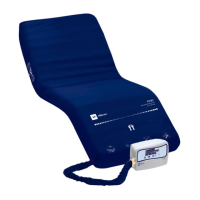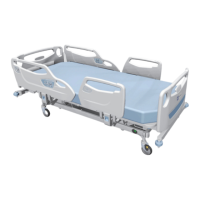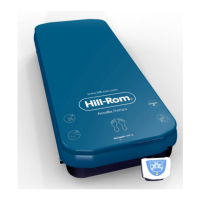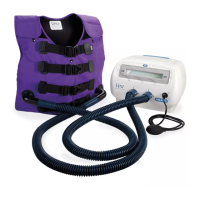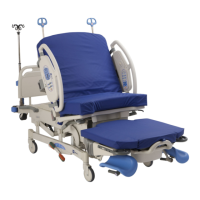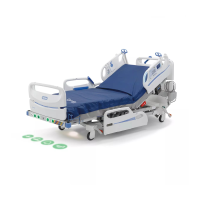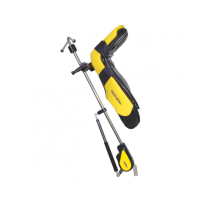Technical Specifications
Progressa® Bed Instructions for Use (171528 REV 9) 97
IMMUNITY to Proximity Fields from Radio Frequency Wireless Communications Equipment
In addition to the Radiated RF IEC 61000-4-3 as shown in the table above, the P7500 has been tested as specified in the
table below.
Test
Frequency
(MHz)
Band
(MHz)
Service Modulation Maximum
Power (W)
Distance (m) Immunity Test
Level (V/m)
385 380-390 TETRA 400 Pulse
modulation
18 Hz
1,8 0,3 27
450 430-470 GMRS 460,
FRS460
FM +
5 kHz devi-
ation
1 kHz sine
20,3 28
710 704-787 LTE Band 13, 17 Pulse
modulation 217
Hz
0,2 0,3 9
745
780
810 800-960 GSM 800/900
TETRA 800,
iDEN 820,
CDMA 850, LTE
Band 5
Pulse
modulation 18
Hz
20,3 28
870
930
1720 1700-1990 GSM 1800;
CDMA 1900;
GSM 1900;
DECT; LTE Band
1,3, 4, 25; UMTS
Pulse
modulation 217
Hz
20,3 28
1845
1970
2450 2400-2570 Bluetooth
WLAN, 802.11
b/g/n, RFID
Pulse
modulation 217
Hz
20,3 28
5240 5100-5800 WLAN
802.11
a/n
Pulse
modulation 217
Hz
0,2 0,3 9
5500
5785
Recommended Separation Distances between Portable and Mobile RF
Communications Equipment and the P7500 Model
The P7500 is intended for use in an electromagnetic environment in which radiated RF disturbances are controlled.
The customer or the user of the P7500 can help prevent electromagnetic interference by maintaining a minimum dis-
tance between portable and mobile RF communications equipment (transmitters) and the P7500 as recommended
below, according to the maximum output power of the communications equipment.
Rated maximum output
power of transmitter,
W
Separation distance according to frequency of transmitter, m
150 kHz to 80 MHz
d = 1.2√ P
80 MHz to 800 MHz
d = 1.2√ P
800 MHz to 2.5 GHz
d = 2.33√ P
0.01 0.12 0.12 0.23
0.1 0.38 0.38 0.73
1 1.2 1.2 2.3
10 3.8 3.8 7.3
100 12 12 23
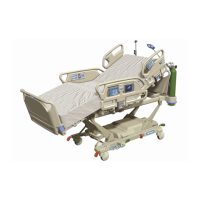
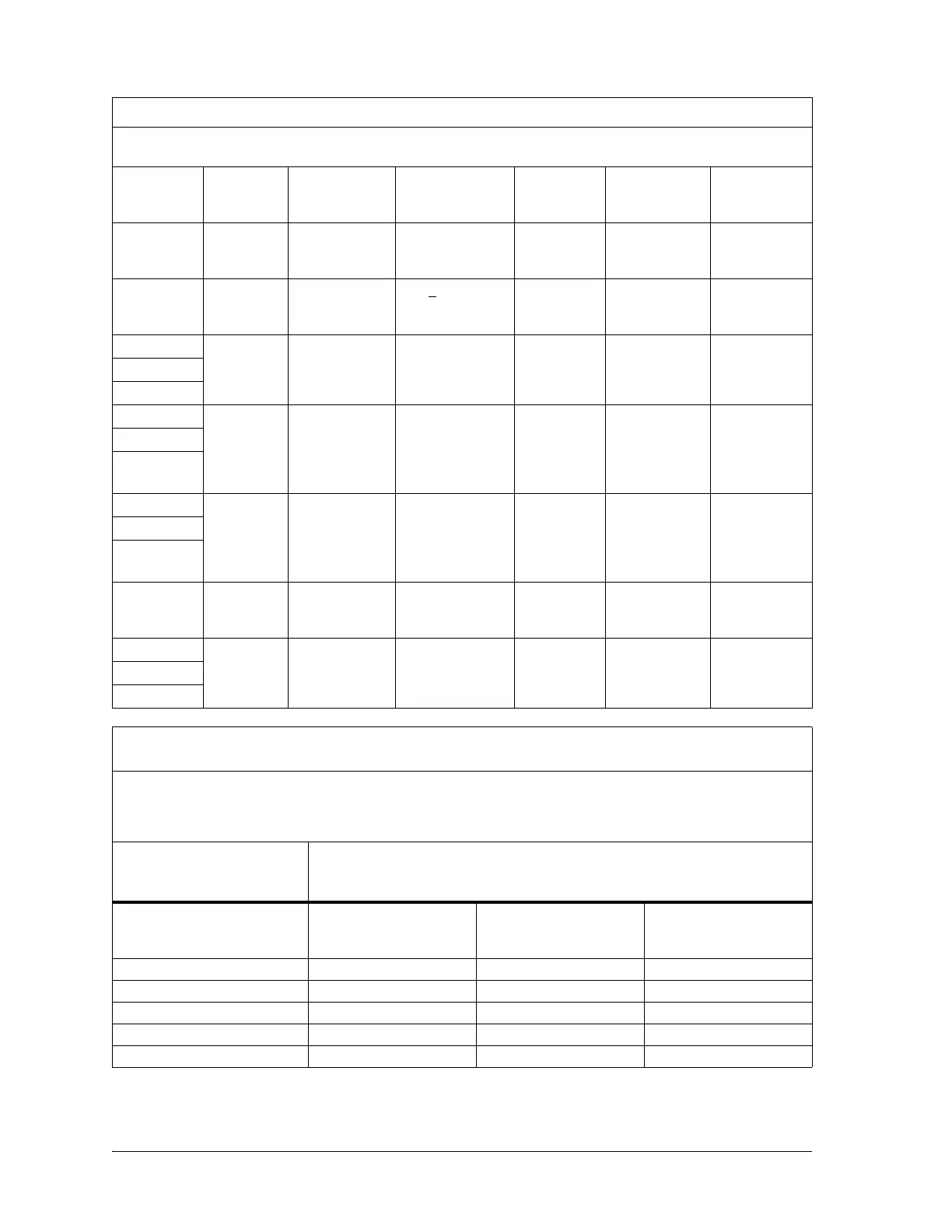